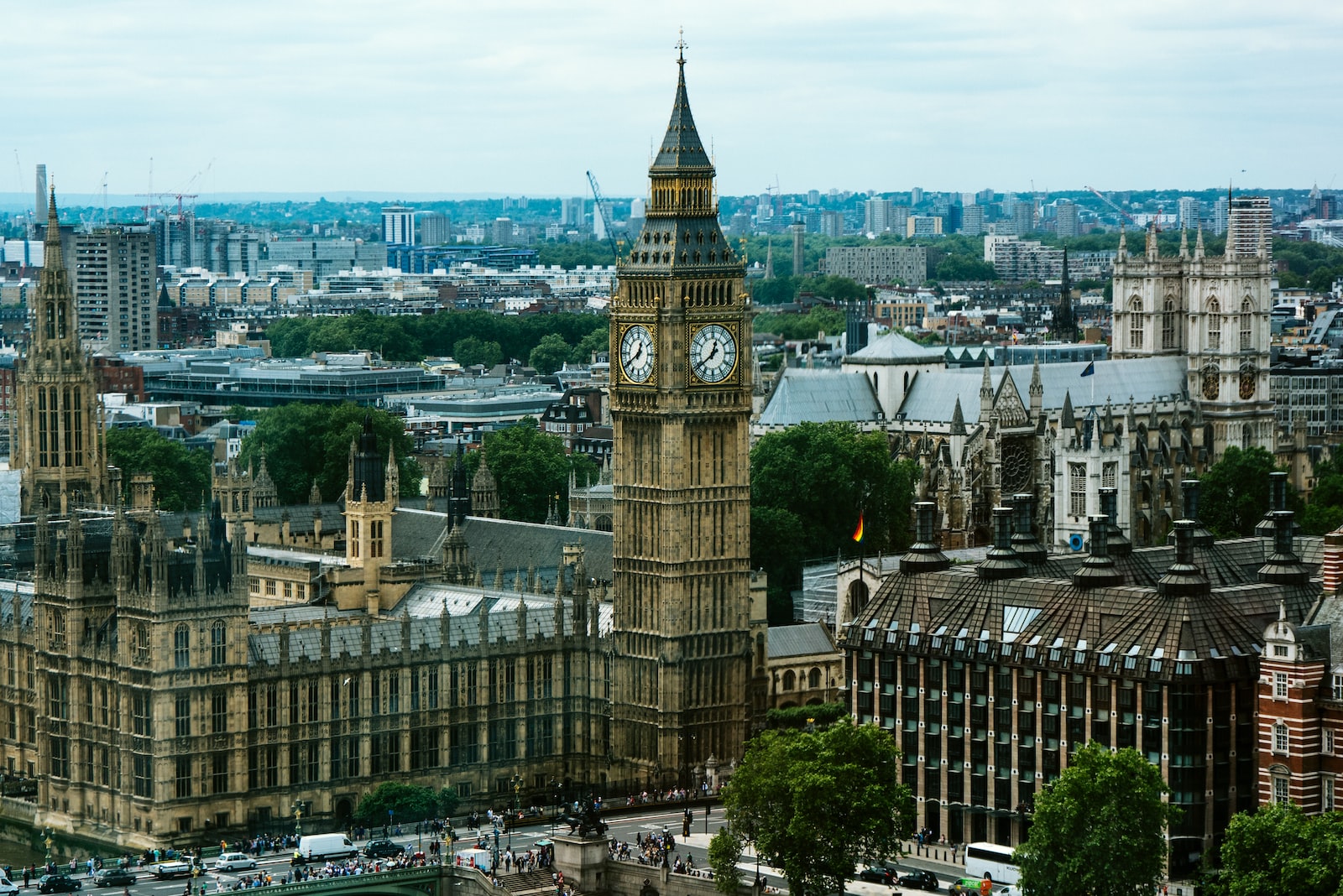Early History of London
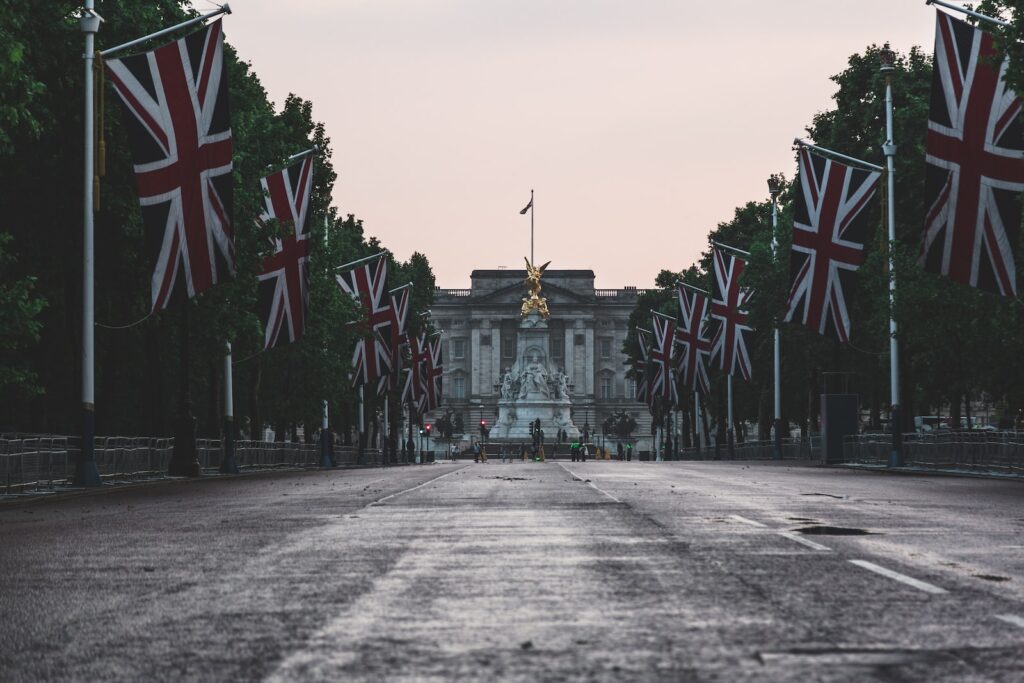
London is a legendary city with a rich history and vibrant culture. From the days of the Roman Empire to the bustling modern city it is today, London has grown and changed over the centuries, yet managed to remain an incredible destination for visitors from all over the world.
In this article, we will explore the incredible history of London, the city’s modern culture, and some popular sites and attractions that have visitors coming back time and again. Whether you’re looking for a taste of traditional English culture or a vibrant nightlife, London has something for everyone.
Roman London
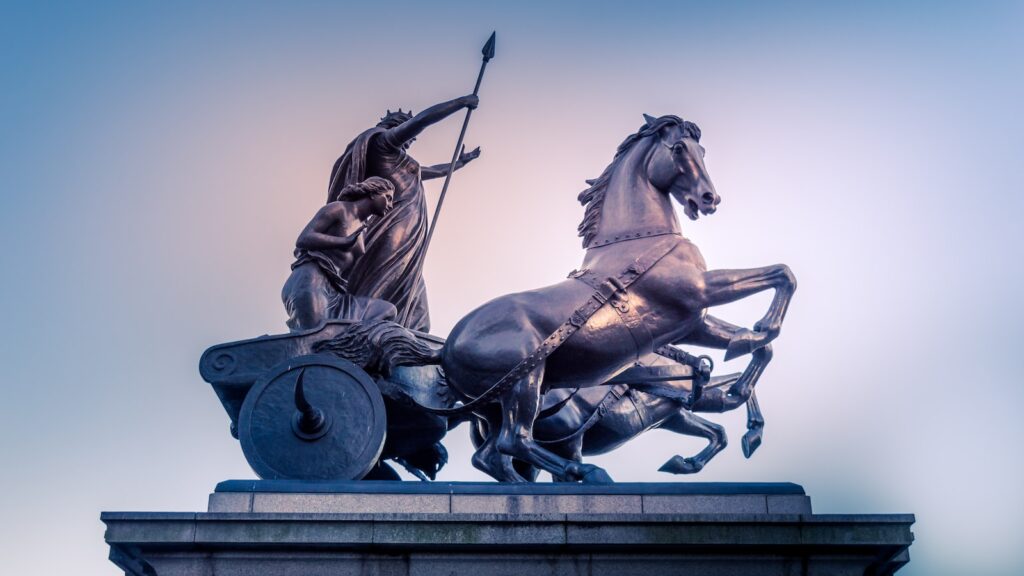
London has long been known for its historic, diverse, and vibrant culture. The city’s history is long, stretching back centuries and having grown through the ages. One of the most influential cultures to shape the city was that of the Romans, who occupied the area from around 43 to 410 A.D.
During this period, London developed as an important business and government center. The city was originally named Londinium, and was surrounded by a large wall that was built in 200 A.D. Originally, the city only occupied a small area, but by the end of the Roman era, it had grown to cover much of modern-day London.
The Romans made numerous contributions to the development of London that continue to shape the city today. One of the most significant was the development of the Roman roads that criss-cross throughout the city. The roads connected London to other important cities in the region, and allowed for commerce, trade, and military exchanges.
The Romans also made other significant marks on the city, such as the construction of numerous public buildings. These included the Temple of Mithras, the Forum, and the Baths of Julius Caesar. All of these structures are no longer visible, but they indicate the extent to which the city flourished under Roman occupation.
While much of the city was destroyed in 410 A.D., some Roman remnants still remain. These include the London Wall, which is still standing in parts and remains the most visible reminder of the Roman occupation of London. Additionally, there are the remains of a Roman fort, Cripplegate, located in the City of London.
In conclusion, the Roman period was an important part of London’s history and culture. Their contributions are still seen throughout the city and can be felt in the culture and architecture of London today.
Medieval London
Medieval London is a period defined by the presence and power of the English monarchy. During this time, London was royal seat, and the capital city of the kingdom of England. It was a place of court intrigue and political maneuvering, and it rapidly grew in prominence and population.
London’s medieval development was largely shaped by the Plantagenet dynasty, which ruled the country from 1154 to 1485. During this period, London was transformed from a small city of around 10,000 people to the thriving metropolis of around 60,000 that we know today.
The ruling classes of the Plantagenets were keen to shape London into a prestigious royal capital. It was a period of great architectural innovation and construction, and royal apartments and palaces were built throughout the city. Westminster Abbey and the Tower of London were both constructed during this time, and remain as important landmarks to this day.
The city developed economically as well. London’s position at the centre of a vast trading network allowed merchants to make vast profits, and its port became an important hub of commerce and shipping.
Guilds and trading networks flourished, and the population increased rapidly as people flocked to take advantage of the economic opportunities the city presented.
The Medieval period also brought with it a period of religious and spiritual change. In the early Middle Ages, London was an important centre of Christianity, and many churches and monasteries were built at this time. During the later part of this period, the Reformation brought with it a wave of Protestantism and a number of Protestant churches were built.
Medieval London was a period of great change, and it laid the foundations for the city that we know today. Its status as a royal capital, its importance as a trading hub, and its flourishing religious life, all combine to make it a period of great significance in the history of London.
The Great Fire of 1666
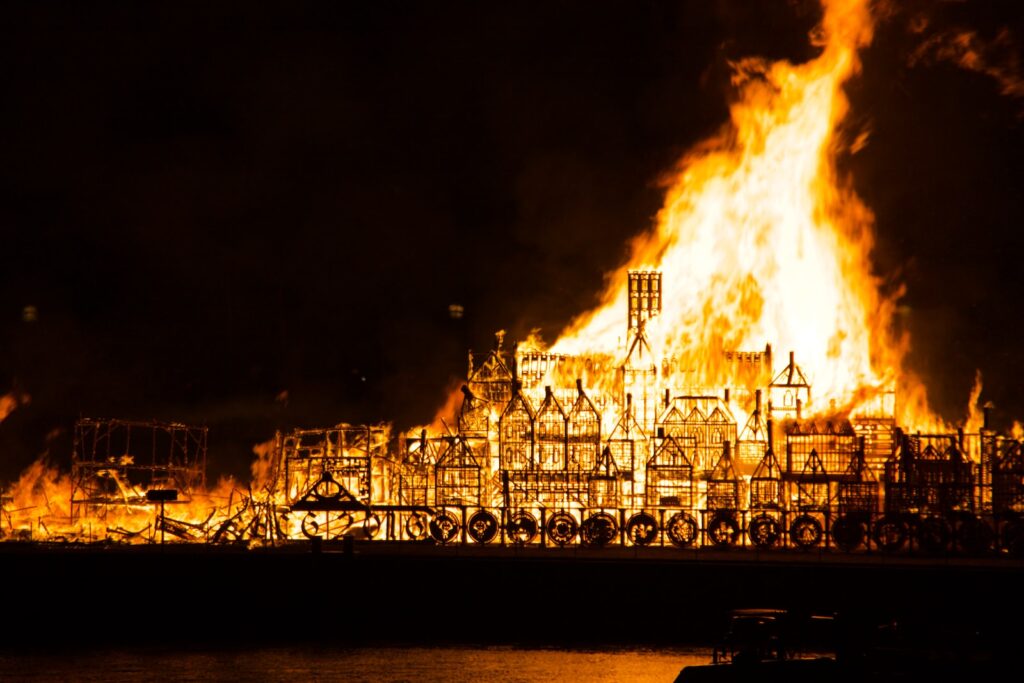
London has a long and rich history, being one of the oldest major cities in Europe with a history going back to at least the ancient Roman period.
One of the most significant events from its history occurred in 1666, when the Great Fire of London destroyed much of the city.
The Great Fire of London began on Sunday 2nd September 1666 in a bakery on Pudding Lane in the City of London. The fire quickly spread, fanned by strong winds, and soon engulfed the surrounding area, including much of the medieval city, large parts of which were completely destroyed. Despite the best efforts of the Firefighters, the fire raged on, burning for a total of four days until Wednesday 5th September, when it was finally extinguished.
The destruction caused by the Great Fire of London was immense. Nearly 80% of the medieval city was destroyed, including 13,000 homes, 90 churches, St Paul’s Cathedral and other iconic landmarks. The economic impact was also severe, with an estimated 10,000 people left homeless and 400 businesses forced to close.
The legacy of the Great Fire of London is still visible today. When the burning finally ceased, the city was largely reduced to rubble and ash, prompting King Charles to commission a grand rebuilding project to not only rebuild the City of London, but also to make it a much safer and fire-resistant place.
The result of this was the ‘Peter Parley Plan’, which was designed by Christopher Wren and Robert Hooke and lasted for almost 50 years. The plan created the familiar grid-like pattern of the streets of London that can be seen today and replaced medieval alleys with wide avenues and many of the great landmarks of the city, such as the Royal Exchange.
The Great Fire of London is remembered every year on 2nd September, when the City of London commemorates the disaster with a ceremony at the site of the bakery on Pudding Lane. The day is commemorated by the ringing of the bells by all churches in the London Diocese, a tradition that started shortly after the Great Fire of London.
The Industrial Revolution in London
The Industrial Revolution can be said to have had some of its earliest beginnings in London, as this vast and dynamic city was particularly suited to the rapid migrations of people and the innovations in industry and technology that followed.
During the industrial revolution, London became the largest city in the world, and it was home to some of the most important manufacturing and industrial sites in Britain.
At the heart of the industrial revolution lay a variety of different industries and developments that fueled the growth of the city and its economy.
In the 19th century, London was the leading producer of textiles, manufacturing almost half of the country’s cotton, silk and wool products.
The ports of London also flourished during the industrial revolution, as the city was the main point of entry for raw materials from around the world and shipping of goods to and from London became significantly easier.
In addition, the development of efficient transportation systems was another key factor. Transport links grew both within the city and further afield, enabling people to move between the suburbs and the city centre with ease. This made the city more accessible and increased both trade and tourism.
Moreover, new types of machinery and the introduction of steam power enabled the development of the world’s first underground railway in 1863. This in turn opened up opportunities for the city’s population to live in the suburbs while still being able to commute to their workplace in the city.
In the end, the industrial revolution not only changed the face of London and its economy, but also revolutionised the world. It enabled advancements in technology, created new opportunities for trade and travel, and led to an explosion of population growth in the city.
Today, the city is still a major financial centre, a hub for art and culture, and home to some of the world’s most iconic landmarks.
Modern Culture of London
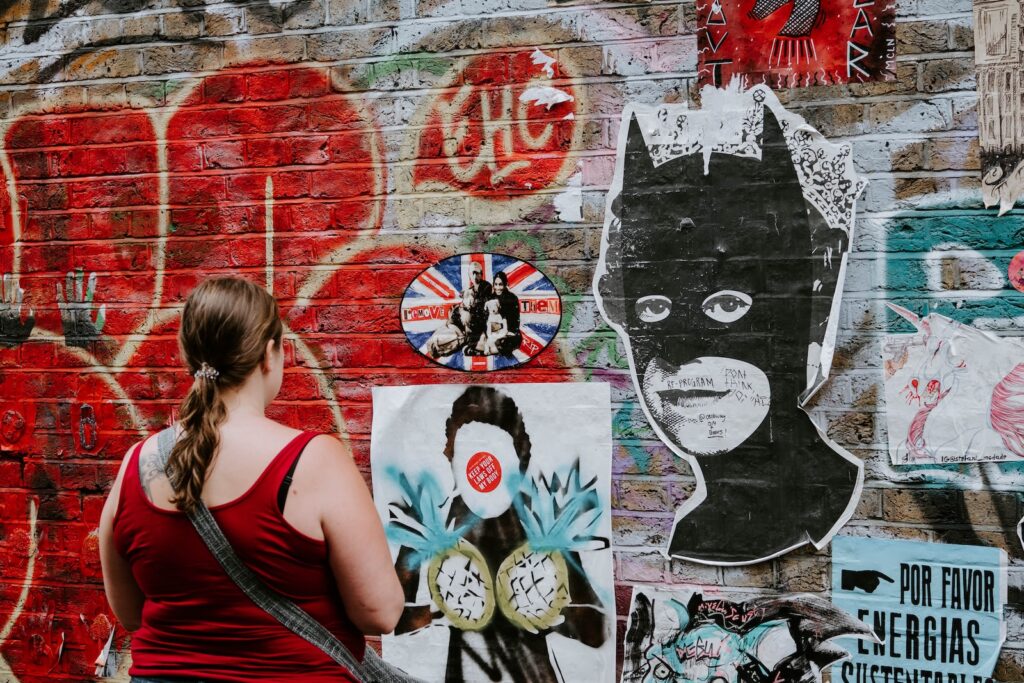
London is one of the most vibrant and dynamic cities in the world. It has a rich history and culture, and modern London is just as culturally diverse and exciting as the historical eras that preceded it. With a population of over eight million, London is home to people of many different cultures and backgrounds, each with their own unique perspective on life in the city.
The city is brimming with life, and its modern culture continues to be influenced by the many styles and traditions of its long history.
Londoners are able to enjoy a variety of experiences, whether they prefer high culture in the form of the city’s renowned museums and art galleries, or something a little more low-key such as local street markets and jazz clubs.
London is renowned for its incredible nightlife, with pubs and bars serving up drinks, and music venues hosting some of the world’s biggest DJs. There are a plethora of exciting events and festivals taking place, from music festivals to street art festivals and fashion shows.
London’s underground music scene is also thriving, with many renowned clubs and venues providing the perfect platform for unsigned artists to show off their talents.
London is a huge melting pot of cultures, bringing together people from all over the world to experience its unique atmosphere. From the traditional fish-and-chip shops to the ‘posh’ restaurants, it’s possible to sample cuisines from all corners of the globe.
London is also home to some of the world’s finest fashion houses, with top designers creating innovative and cutting-edge collections.
Modern culture in London is a melting pot of old and new, traditional and contemporary, and it continues to evolve as the city grows and changes. The city is constantly changing, and its culture reflects this, making it an exciting and ever-evolving place to live and visit.
Sights and Attractions
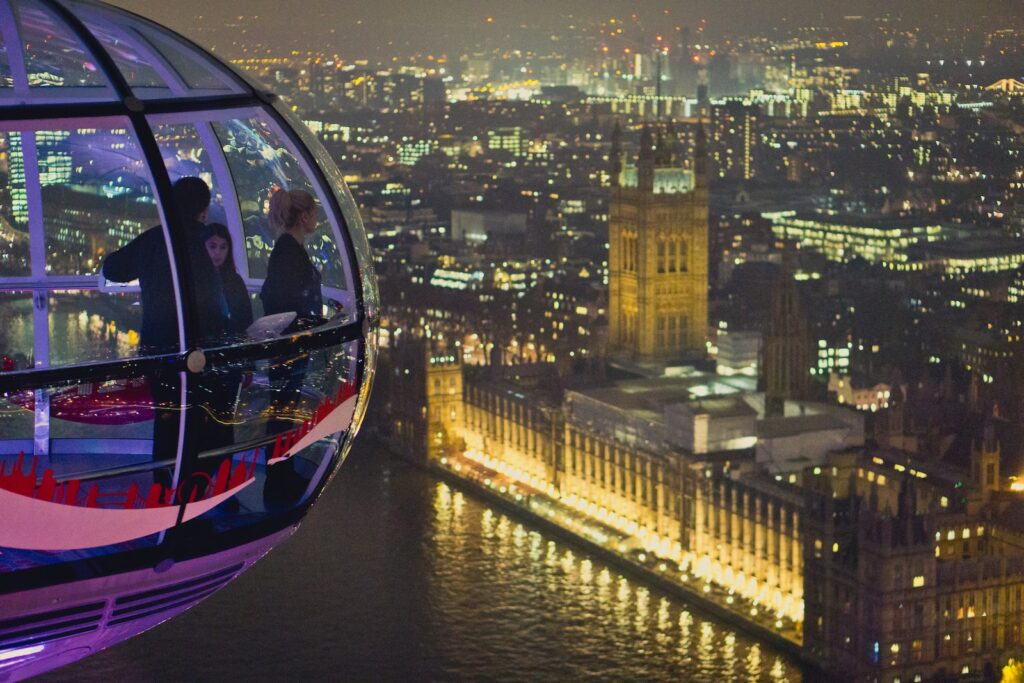
London is a city with a deep and rich history, offering a wealth of sights and attractions to explore. From iconic landmarks like the London Eye and Big Ben to the Tower of London and Westminster Abbey, there are endless opportunities to soak up the city’s history and culture.
An array of museums and galleries show off the city’s ancient artifacts, including the British Museum, the National Gallery, and the Tate Modern.
Explore the city’s vibrant markets and green spaces, such as Hyde Park, Victoria Park, and Regent’s Park. Make sure to save some time to enjoy a show at world-famous West End theatres or catch a sporting event at one of London’s legendary stadiums.
No matter what you choose to do, an unforgettable experience awaits.
Food and Drink

London is known for its remarkable gastronomic offerings.
From traditional British staples such as fish and chips and Sunday roasts, to an array of international cuisines, the city has something to satisfy every palate.
Sample local specialties like a proper full English breakfast with fried eggs, bacon, sausages, mushrooms, tomatoes and toast, at one of the city’s many pubs.
For a more upscale experience, London offers a number of Michelin star restaurants, with celebrity chefs serving up innovative dishes made from the finest ingredients.
After your meal, be sure to try some of the city’s iconic desserts such as a crumble or a sumptuous Sticky Toffee pudding. And don’t forget to wash everything down with a pint of real English ale from one of the many cider and beer houses. London is a place of endless culinary possibilities, so come and explore its unique food and drink offerings.
Music and Entertainment
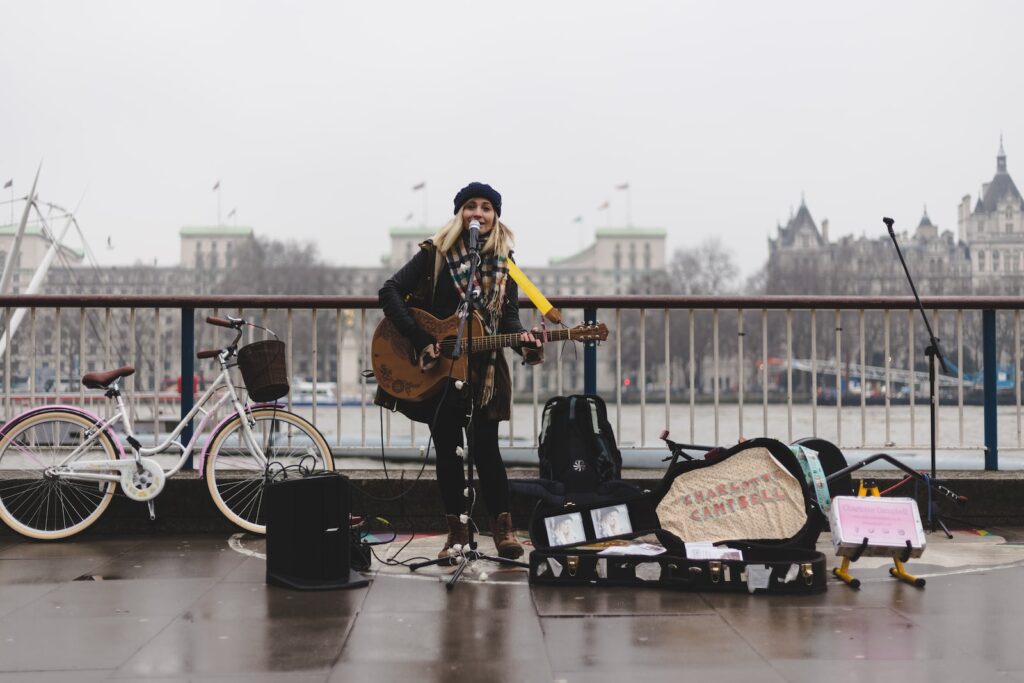
London is renowned for its diverse and vibrant music and entertainment scene.
From its iconic music venues and theatres, to its live music festivals, concerts, and nightlife, there’s something for everyone to enjoy in this city.
London is home to a variety of venues showcasing all genres of music, from classical and jazz to rock, pop, and grime. Many of the city’s most renowned venues have hosted some of the world’s biggest artists, including the likes of Adele, Beyonce and The Rolling Stones. At the same time, the city’s live music festivals attract the best in global talent, from the Wireless Festival to the Live at the Roundhouse series and many more.
What’s more, the city’s vibrant nightlife is unrivalled, providing something for every partygoer. There’s no shortage of activity in London, making it one of the best cities in the world for experiencing music and entertainment.
Sports and Activities
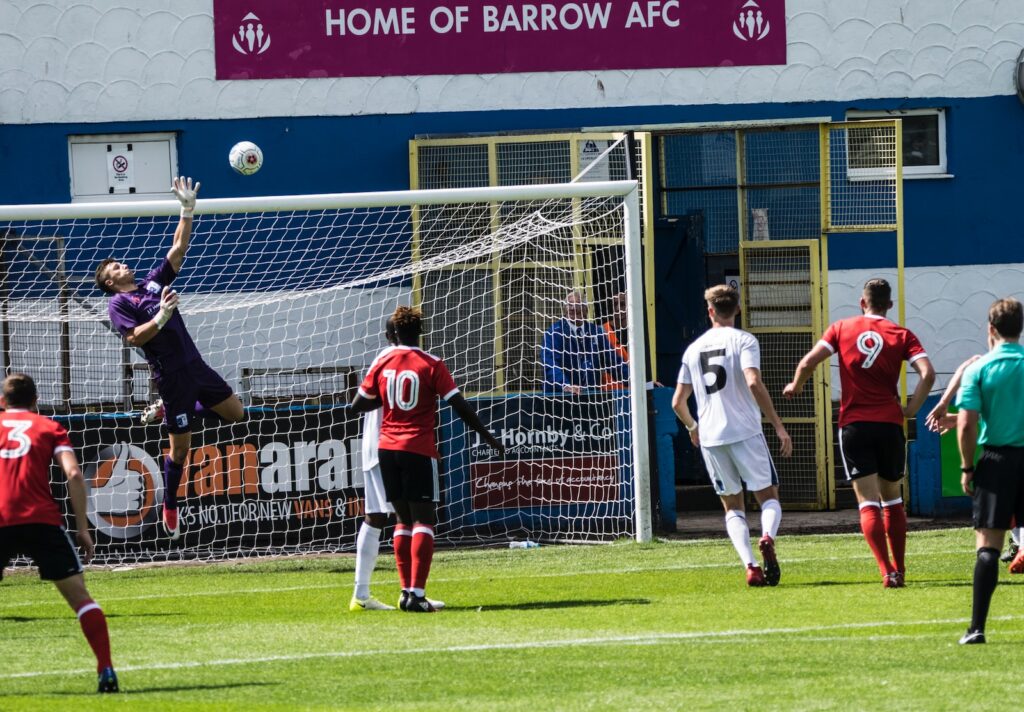
London is renowned for its rich history and culture, but it is also a great place for a range of sports and activities. Sport plays a major part in the fabric of life in London – whether its hockey, rugby or cricket in the summer, or skiing and snowboarding in the winter.
Football is probably the most popular sport in the city, although there are other well-known teams such as Chelsea and Arsenal. In addition, there are a number of outdoor sports activities to take part in – like tennis, golf and running. There are even river cruises and boat rides along the Thames.
For those seeking a more relaxed approach, there is a range of cultural activities like musical theatre, museums and art galleries. There are also plenty of markets and festivals to explore, representing the diversity and vibrancy of London’s culture.
Meanwhile, there is also a wide range of activities to keep children entertained, from parks and playgrounds to hands-on science and technology centres. There is no shortage of fun things to do in London.

